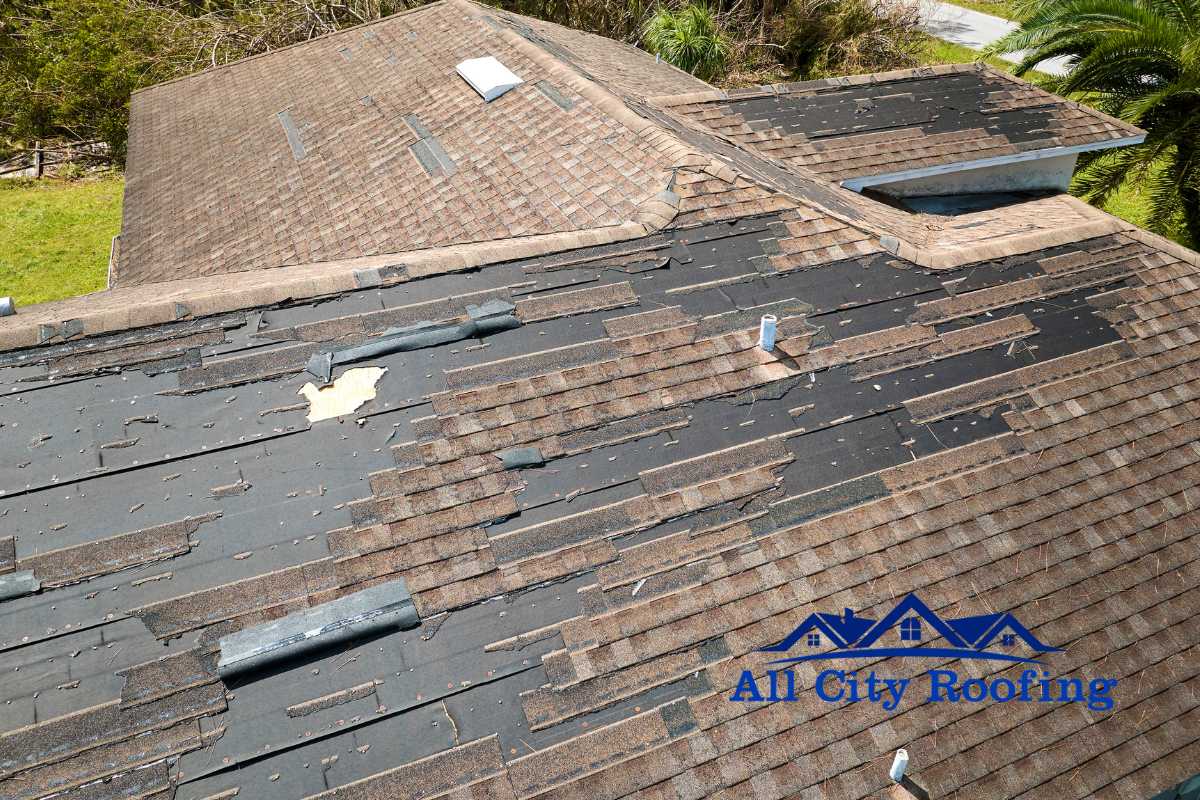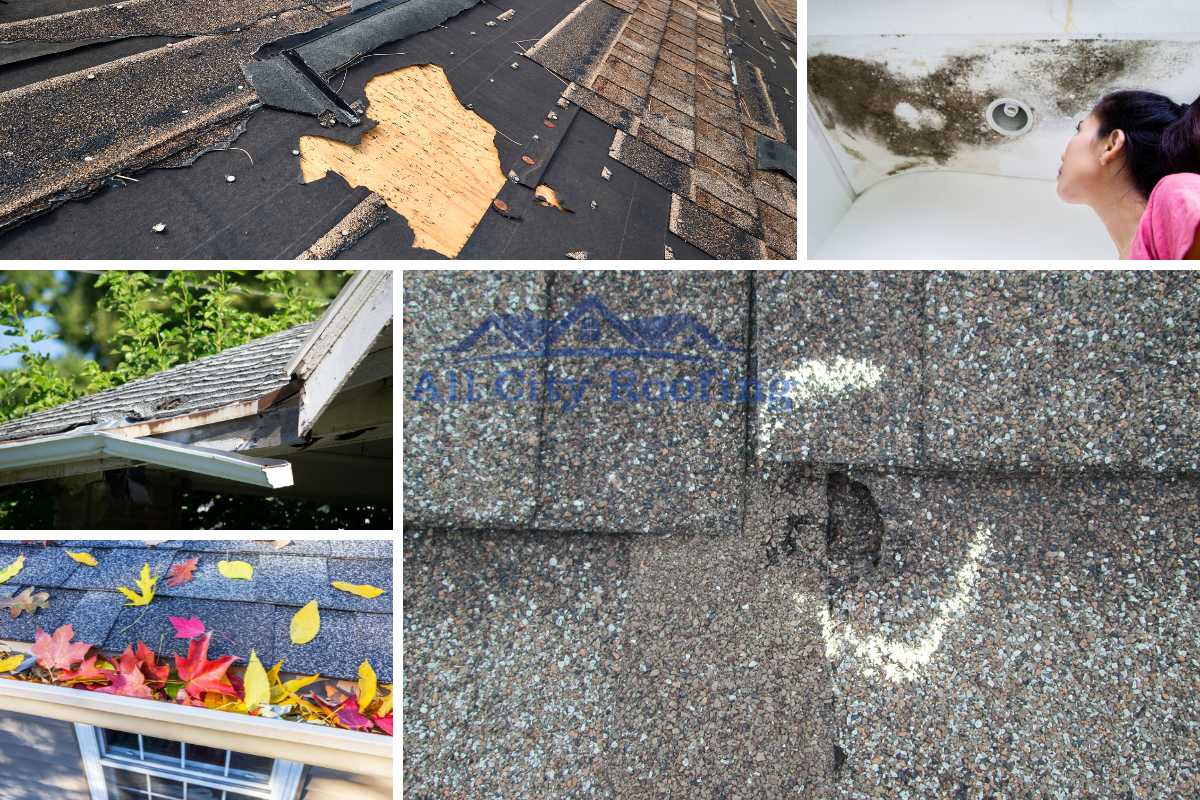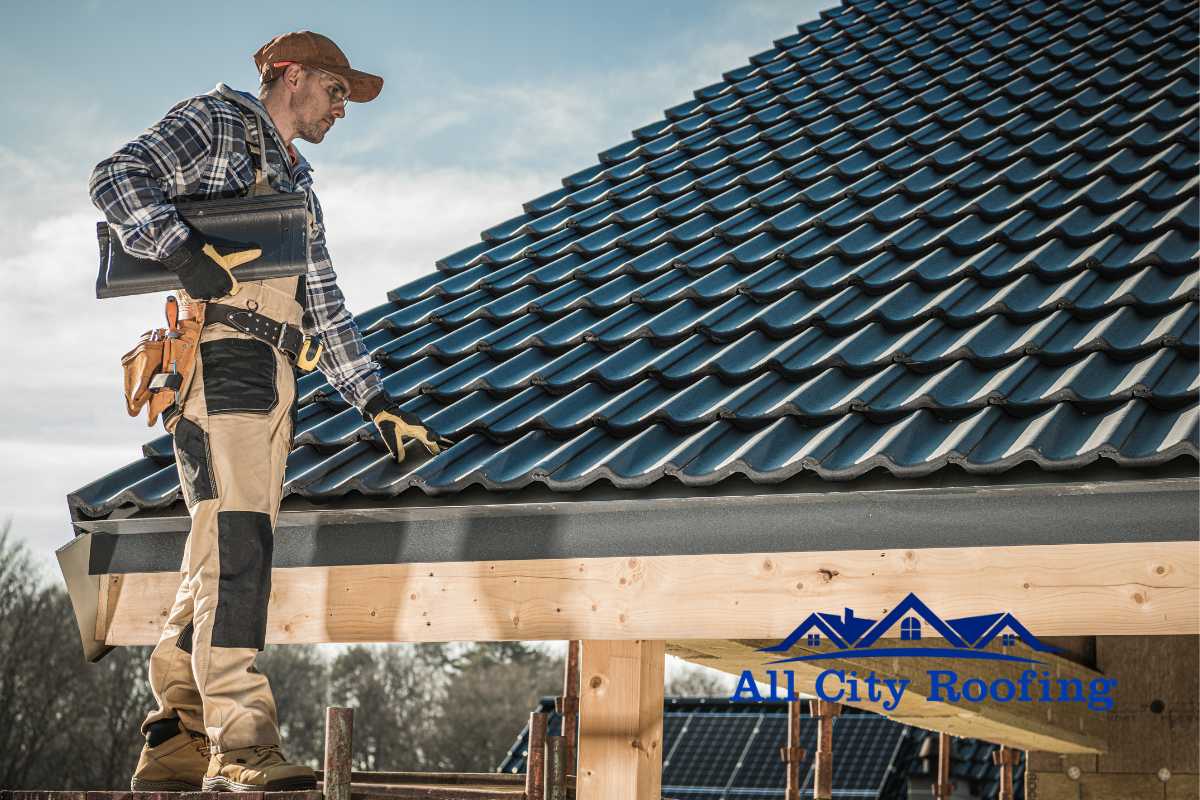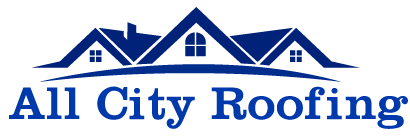5 Signs of Roof Storm Damage: How to Spot the Red Flags

Storms, most of the time, create devastation, and your roof takes the brunt. Knowing the 5 signs of roof storm damage is crucial. From subtle to severe, these indicators can mean the difference between simple fixes and major overhauls. This guide highlights key signs to quickly detect and address damage, safeguarding your home from further harm and ensuring prompt, effective action against potential future storms.
5 Signs of Roof Storm Damage: Unveiling the Hidden Hazards

Dislodged or Missing Shingles
The aftermath of a severe storm often leaves a trail of dislodged or missing shingles. These breaches expose your roof’s underlayment to the elements, which can quickly lead to water infiltration. Check for uneven or bare-looking patches on your roof, and if you find granules from the shingles in your gutters or downspouts, it’s a telltale sign that your roof has sustained damage and may require repairs or replacement.
Water Damage Inside Your Home
Water stains on your ceiling or walls could be symptomatic of a compromised roof. After a storm, it’s imperative to inspect your attic or the highest level in your home for any signs of leakage. Peeling paint, swelling, or dampness indicates water has passed your roof’s defenses during a storm.
Dents on Shingles or Gutters
Hailstorms can create dimples or dents in shingles, gutters, or downspouts. These indentations might seem minor, but they can compromise the integrity of the roofing material. Over time, this can lead to weakened spots that may result in leaks or further damage with subsequent storms.
Damaged Roof Flashing
Roof flashing, the metal pieces that direct water away from areas prone to leaks can be damaged during storms, especially if accompanied by strong winds or heavy debris. Bent, rusted, or torn flashing around chimneys, vents, and satellite dishes can allow water to seep through, which can go unnoticed until significant damage has occurred.
Fallen Debris
After a storm, it’s common to find fallen branches, leaves, and other debris scattered across your roof. Larger limbs can cause obvious punctures, while smaller debris can accumulate and trap moisture against the roof, leading to rot or mold. It’s essential to clear your roof of debris and inspect for any hidden damage it may have caused.
These signs are not exhaustive, and sometimes damage can be subtle. It’s always recommended to have a professional inspect your roof for a thorough evaluation. In the next section, we’ll discuss the importance of professional assessment and the dangers of overlooking these critical signs of storm damage.
Information to Take into Consideration: Signs of Roof Storm Damage

Tips for Homeowners:
- After a storm, conduct a visual inspection of your roof from the ground. Look for obvious signs of damage, such as missing shingles or large debris.
- If you suspect damage, consider hiring a professional roofer for an inspection. Climbing onto your roof can be dangerous, especially after a storm when it might be slippery or structurally compromised.
- Keep a record of your roof’s condition and any repairs done. This can be crucial for insurance claims and future maintenance.
Essential Facts to Consider: Signs of Roof Storm Damage
- Even minor roof damage can lead to significant issues over time. A small leak can evolve into major water damage, affecting not just the roof but the entire home structure.
- Storm damage can potentially void your roof’s warranty if not addressed promptly.
- Most insurance policies cover storm damage, but they often have a time limit for filing a claim. Prompt inspection and action are crucial.
Frequently Asked Questions:
Q: How quickly should I inspect my roof after a storm?
A: It’s best to inspect your roof as soon as it is safe after a storm has passed.
Q: Can I repair storm damage myself?
A: Minor damage might be a DIY fix for those with experience, but it’s often safer and more effective to hire a professional.
Q: Will my insurance cover the repair of storm damage on my roof?
A: Most home insurance policies cover storm damage, but it’s essential to check your policy’s specifics and report the damage promptly.
Q: What are the risks of ignoring minor roof damage?
A: Minor damage can quickly escalate into major issues, such as structural damage, mold growth, and interior water damage.
Remember, the roof is your home’s primary defense against the weather. Keeping it in good repair is not just about preserving curb appeal; It’s about maintaining the safety and integrity of your entire home.
Trust All City Roofing: Your Partner in Storm Damage Assessment and Repair
At All City Roofing, we understand the stress and disruption that storm damage can cause to your daily life. Our professional services are designed to address all roof damage with precision and care, ensuring your home’s safety and durability. Don’t let storm damage set the stage for future issues. Partner with All City Roofing. Your roof is the guardian of your home, and we’re the guardians of your roof. Contact us!


